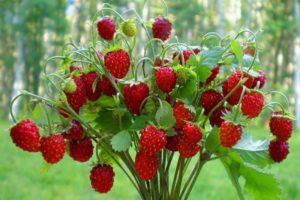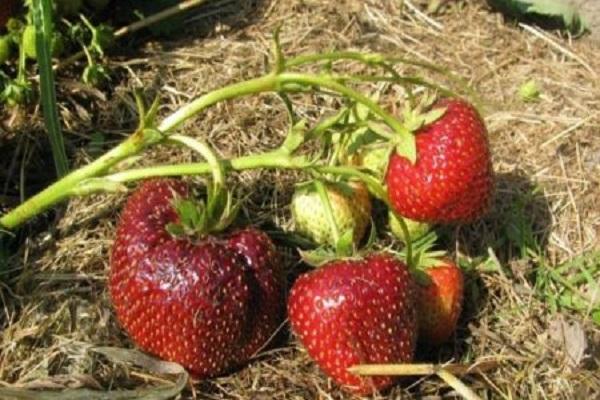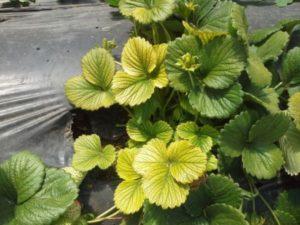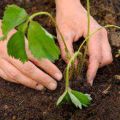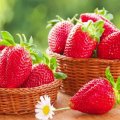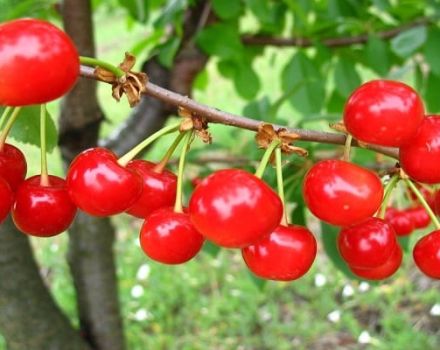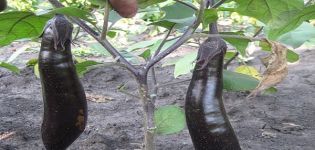Description and characteristics of strawberry varieties Garland, planting and care
Garland strawberry is a widespread species in the CIS countries. The variety has powerful immunity, is unpretentious to soil and care, and bears fruit for a long time. For the successful cultivation of berries, it is advisable to familiarize yourself with all the agrotechnical features.
Breeding history
The Garland variety was bred by the Russian breeder G. Govorova. The variety gained recognition almost immediately. Strawberries bear fruit almost to frost, the bushes bloom violently, creating a romantic atmosphere in the garden. The garland is classified as a remontant variety.
Description
Bush
Strawberry bushes Garland of small size, grow up to 25 cm tall, medium leafy. The leaves are small, oval, with jagged edges. Their shade is rich green, with a bluish or bluish tint. Antennae are green, pale pinkish in the light. There are few of them on the bushes, which is a plus of the variety.
Fruit
Conical strawberry, deep red hue. The weight of 1 fruit is about 25-33 grams. The pulp is light pinkish, with a pronounced strawberry scent. The tasters rated the variety at 4.1 points.
Drought resistance and frost resistance
Strawberry variety Garland is famous for its medium drought resistance. In areas with hot summers and minimal rainfall, the variety will be less productive. To obtain abundant fruiting, agrotechnical features should be observed. Average frost resistance, in the North and Siberia, the species is planted only in a greenhouse.
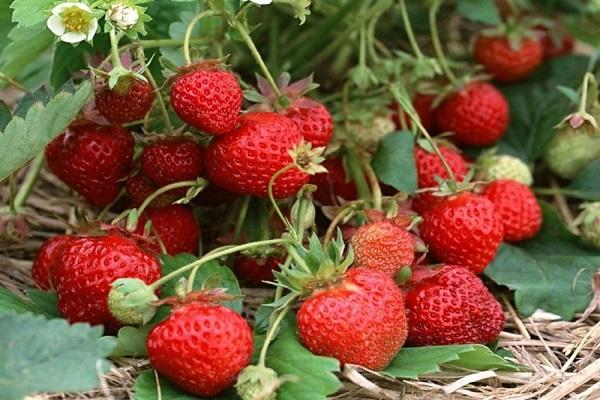
Ripening period and yield
Strawberry Garland bears fruit constantly, from late May to October. Bushes are continuously covered with peduncles, formed ovaries, ripening berries. 616 centners are harvested from 1 hectare, subject to agrotechnical rules. One bush brings 1-1.2 kg. Strawberries safely tolerate transportation, preserve their presentation and taste for a long time.
Application
Fragrant berries can be used to decorate desserts, add to baked goods, prepare compotes, preserves, jams. Strawberries are incredibly tasty and fresh. Berries are widely frozen whole or chopped. They resort to an extraordinary method - drying, which allows them to preserve the berries all winter.

Positive and negative sides of Strawberry Garland
A variety of strawberries Garland offers many advantages, but there are also negative features.
| pros | Minuses |
| High yield | Poor drought tolerance |
| Long term fruiting | Low resistance to powdery mildew |
| Average resistance to drought, frost | With high humidity, fungal infection often occurs |
| Powerful immunity | |
| Pollen and fruiting does not depend on the length of daylight | |
| Undemanding care | |
| Berries tolerate transportation safely |
Growing features
Strawberry Garland does not require a number of pollinators. It is grown in the garden, in flower pots, hanging pots, raised on a trellis.
How to choose the right planting material
Competent selection of planting material is the key to a high-quality, bountiful harvest in the future. When choosing it, the following nuances are taken into account:
- each seedling should have a formed rosette, 3-4 leaves;
- the rhizome is developed, formed;
- healthy appearance.
Seedlings with poorly developed roots, painful appearance, will hurt after planting in a permanent place, bear poor fruit.
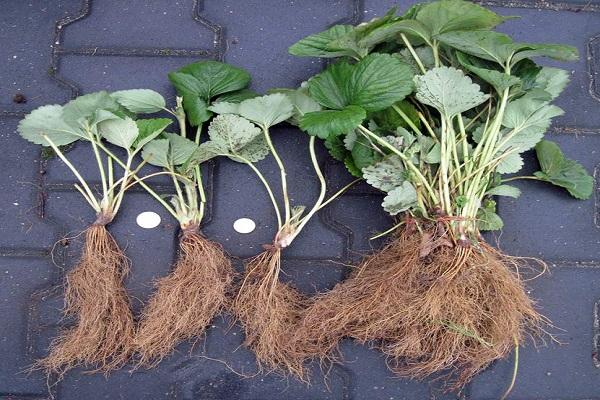
Preparing the soil and landing site
The soil for strawberries is prepared 3 weeks before planting. The plot is cleared of predecessors, the soil is plowed with a shovel bayonet, destroying weeds. The soil sometimes contains harmful bacteria, fungi, pests. After plowing, the land is treated with Aktara insecticide, fertilized with 5 kg of manure, 100 g of superphosphate, 50 g of potassium salt per 1 square meter.
Strawberries should be planted in a sunlit, flat or elevated location. You cannot dig holes in the lowlands, there are often stagnant moisture.
When and how to plant correctly
Strawberries should be planted in September or late March, choosing an overcast day. In the latter case, the harvest will not be plentiful, but such periods are preferable in regions with cold winters. The bushes planted in autumn will bear fruit intensively throughout the season.
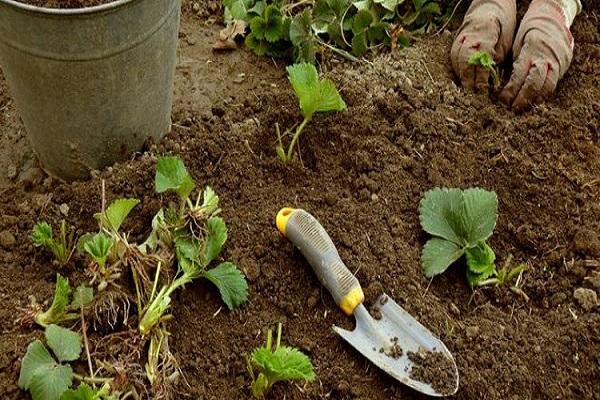
It is advisable to plant the culture by the nesting method, maintaining a distance between plantings of 50 cm. Then each bush will receive the required amount of ultraviolet light, nutrients from the soil. The soil should be moist, but not wet. Dig holes 20 * 20 cm, pour 2-3 handfuls of humus and wood ash on the bottom. Water is poured into the holes, the seedlings are lowered so that their rhizomes are located vertically, they are covered with soil. After that, compact the ground around the planted bushes with your hands. For better rooting, the strawberry protected itself from frost, cover it with foil or lutrasil.
Follow-up care
It is not difficult to care for strawberries Garland, it requires timely watering, fertilization, loosening. Periodically, plantings are treated for harmful beetles and diseases.
Watering and feeding
When there is no precipitation for a long time, the strawberries are watered once every 3-4 days. Water is taken for 1 bush in the amount of 2 liters. The settled liquid should be poured, not cold. Water should not come into contact with leaves and fruits; it is advisable to use a watering can.

Fertilize strawberries in spring with nitrogen, which stimulates the formation of peduncles. For a long time of fruiting, the bushes are fed 1 time with phosphorus-potassium compounds. After rainfall or watering, you can feed the plants with nettle tincture. Do not fertilize strawberries with fresh manure and chlorine-containing compounds.
Mulching and loosening
Mulching should not be neglected, due to it, strawberries retain moisture for a long time, weed growth is inhibited. Roofing material, agronomic fiber, black lutrasil, straw, sawdust, spruce branches are used to cover plantings. Non-organic mulch lasts 2-3 years, effectively protects the ground from overheating, hypothermia, retains heat, and inhibits the growth of weeds.
During decomposition, organic mulch enriches the soil, making it lighter and more aerated.
The beds should be weeded to a depth of 3 cm, stepping back 7 cm between the bushes. The procedure must be carried out carefully so as not to damage the antennae with the root system. The first loosening occurs in March, after the snow melts. Then, the soil is weeded only between the rows, destroying the weeds. Mulch planting does not require loosening.

Preparing for the winter period
In regions with warm winters, where the air temperature does not drop below -25, you should not shelter strawberries for the winter. A layer of mulch with snow will suffice. As a preparation for the winter season, watering is stopped a month before the predicted cold weather, the beds are freed from mulch, weeds are removed, dried / reddened leaves are cut off from the bushes. The earth is loosened, while hilling the plants in parallel, a mulching layer of humus with dry peat is lined.
Treatment against diseases and pests
Subject to the observance of agrotechnical rules, processing of strawberries from pests and diseases is not required. Sometimes snails appear on the bushes. In order to prevent their appearance, stinging nettles are laid out around the perimeter, salt or red pepper are sprinkled. To scare away harmful insects, you can plant garlic or velvety next to it.
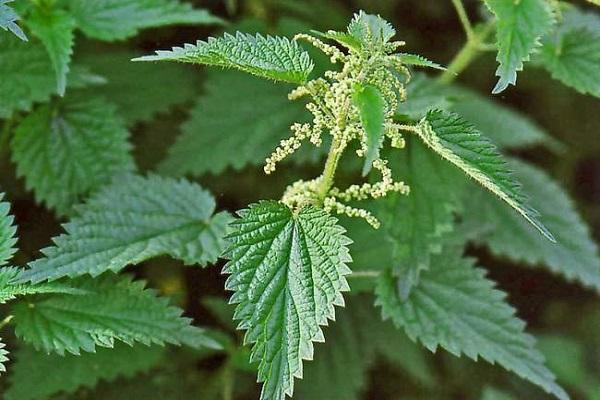
Reproduction methods
Strawberry Garland is propagated by dividing the bush, seeds, antennae. In the first case, a new plant brings an insignificant amount of yield, and is often subject to diseases. Grown strawberries from seeds perfectly preserves varietal characteristics, but the process itself is painstaking and takes a lot of time. Breeding with antennae is the most optimal option, since it does not require much effort. 1 mustache is left on the uterine bush, which takes root.
Harvesting and storage
The strawberry harvest ripens from the end of May, the first flower stalks are cut off. In the first season after planting, the fruits will be small, usually few. The second harvest will delight you with an abundance of berries, their marketable appearance. Fruits are stored in a cool room for up to 2 weeks, placing them in wooden boxes. It is advisable to put oilcloth on the bottom. The room temperature should be up to +5 degrees.
